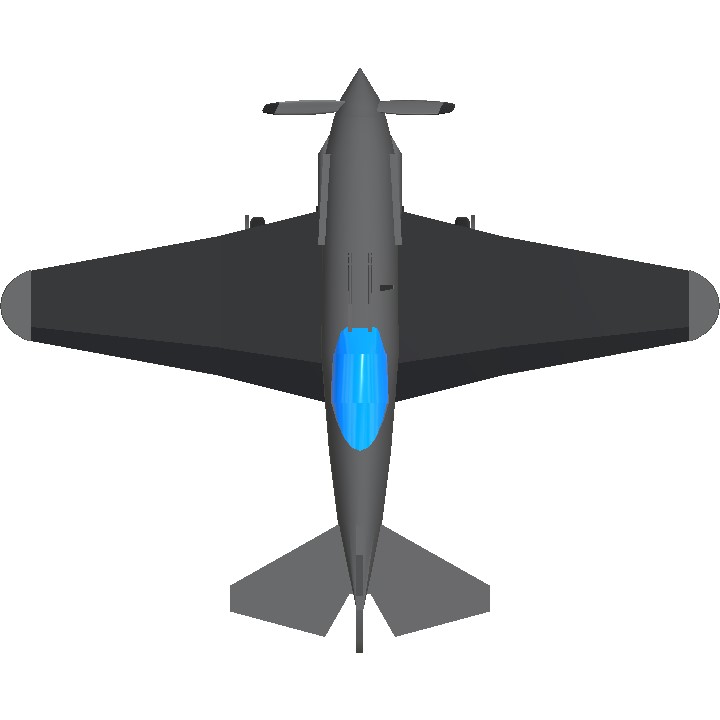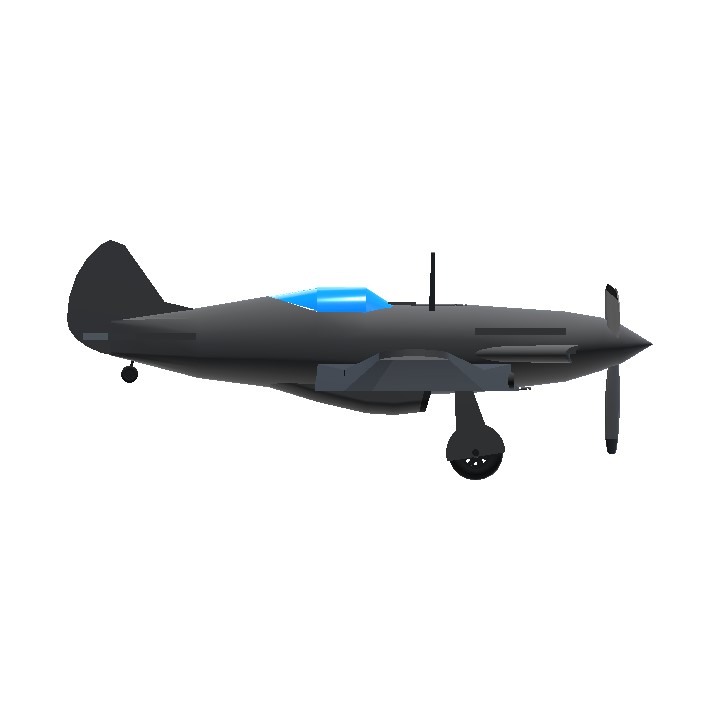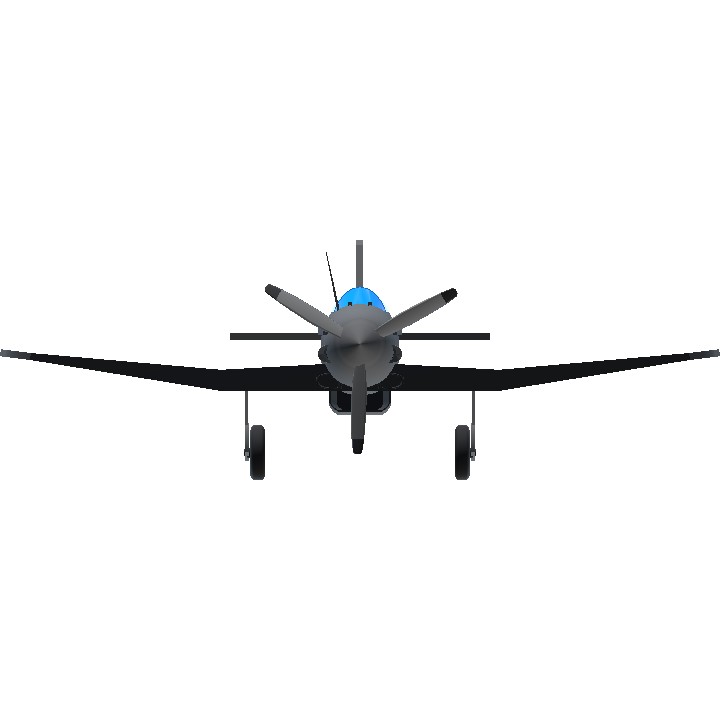Mikoyan-Gurevich MiG-3
The Mikoyan-Gurevich MiG-3, often remembered as a problematic high-altitude interceptor, played a significant role in the early stages of the Eastern Front during World War II. Designed as an improvement over the MiG-1, it aimed to address the shortcomings of its predecessor and provide the Soviet Air Force (VVS) with a fighter capable of challenging Luftwaffe bombers and reconnaissance aircraft at high altitudes. While it excelled in certain aspects, the MiG-3's overall performance in the more common low-altitude combat against Bf 109s and Fw 190s ultimately hindered its reputation and led to its early withdrawal from frontline service.
The MiG-3 saw extensive combat service on the Eastern Front, primarily during the initial years of the war. It was deployed in large numbers to defend key cities and strategic areas, including Moscow. Despite its high-altitude capabilities, the MiG-3 often found itself engaged in low-altitude combat against more agile and heavily armed Luftwaffe fighters.
The aircraft's limitations were quickly exposed in these encounters. The lack of power at low altitudes made it vulnerable to attack, and its light armament struggled to inflict significant damage on German aircraft. Consequently, the MiG-3 suffered heavy losses.
As the war progressed, the VVS shifted its focus to more versatile and effective fighter aircraft, such as the Yak-1, Yak-7, and LaGG-3. The MiG-3 was gradually withdrawn from frontline service and relegated to secondary roles, such as nighttime interception and ground attack. Some were even converted into ground-attack aircraft, equipped with rockets and bombs.
The MiG-3's legacy is complex and often debated. While it possessed undeniable high-altitude capabilities, its poor low-altitude performance and other shortcomings prevented it from becoming a truly successful fighter. It is often criticized as a design that prioritized one specific aspect of performance at the expense of overall combat effectiveness.
However, it's important to remember that the MiG-3 was developed during a period of rapid technological change and under immense pressure. The Soviet aviation industry was still in its infancy, and the VVS was desperately trying to catch up with the Luftwaffe. The MiG-3, despite its flaws, played a vital role in the defense of the Soviet Union during a critical period of the war. It forced the Luftwaffe to divert resources to counter its high-altitude threat and provided valuable experience for Soviet aircraft designers.
Possible Nicknames:
"Vysotnik" (High Alititude): This is a direct translation and a logical nickname, given the aircraft's primary design focus and performance characteristics. Forum users might debate whether this was an actual nickname used by pilots or simply a modern descriptive term.
"Karas'" (Crucian Carp): Some sources mention that the general Soviet fighter pilots called all the aircraft resembling fish as "Karas'", meaning that they possibly called the MiG-3 like that. Forum users would show the resemblance of the aircraft's nose and the shape of a fish with that name.
"Mishootka": A diminutive of Mikhail, in reference to Mikhail Gurevich. The community can discuss whether "Mishootka" was used as a sign of affection or derision towards the designers, related to the mixed opinions about the aircraft.
"Stroyashka" (Builder): This is a humorous nickname implying the MiG-3 was often in the workshop being repaired more often than fighting. Forum discussions might revolve around anecdotes of frequent maintenance issues and engine failures.
"Kosa" (???? - Scythe): A nickname that could have arisen after ground attack modifications like rocket launchings, describing the "scythe" death being reaped on the ground.
"The Aluminum Coffin" (??????????? ????): A more unflattering nickname used by more critical historians within the community, reflecting the high casualty rate among MiG-3 pilots, especially earlier in the war. Forum users would argue about whether this is too harsh considering the context of the time.
C O N T R O L S
Trim : Flaps, cruising 'rotate' adjuster
VTOL : Further flaps
Specifications
General Characteristics
- Created On Android
- Wingspan 33.7ft (10.3m)
- Length 27.5ft (8.4m)
- Height 11.3ft (3.4m)
- Empty Weight 3,370lbs (1,528kg)
- Loaded Weight 5,443lbs (2,469kg)
Performance
- Horse Power/Weight Ratio 0.244
- Wing Loading 15.0lbs/ft2 (73.2kg/m2)
- Wing Area 363.3ft2 (33.8m2)
- Drag Points 1238
Parts
- Number of Parts 69
- Control Surfaces 13
- Performance Cost 472






